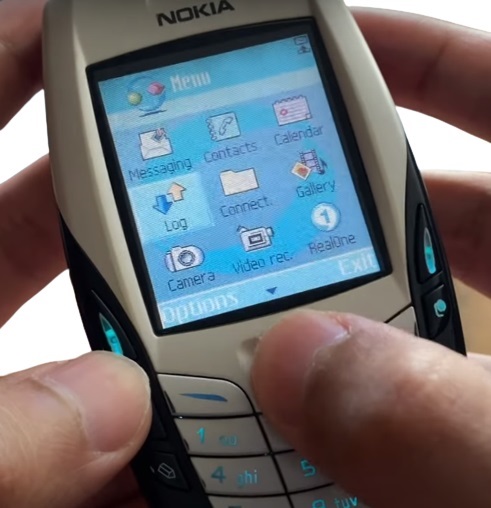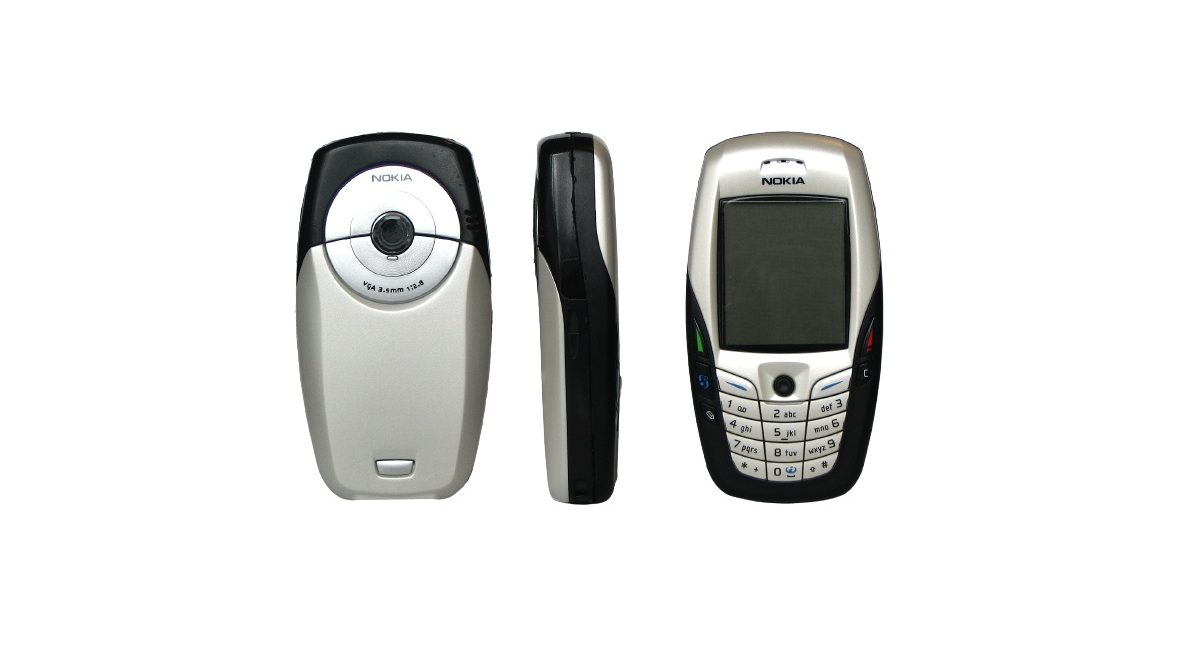Nokia 6600 Remembering the Iconic Mobile: A Blast from the Past
Nokia 6600 Introduction: In the early 2000s, the Nokia 6600 was a mobile phone that everyone wanted to have. It was one of the most advanced devices of its time, boasting a large color screen, a camera, multimedia capabilities, and a variety of features that set it apart from its competitors. Even though it’s been almost two decades since its release, the Nokia 6600 is still fondly remembered by many people who owned it or coveted it. In this article, we’ll take a closer look at the Nokia 6600 and its significance in the history of mobile phones.
Features of the Nokia 6600: The Mobile was launched in 2003 and quickly became one of the most popular phones of its time. Some of its features included:
- A large 2.1-inch color screen with a resolution of 176×208 pixels
- A 0.3-megapixel VGA camera with video recording capabilities
- A music player that supported MP3 and AAC formats
- Bluetooth connectivity for wireless data transfer
- Support for multimedia messaging (MMS) and email
- A web browser that could handle HTML and XHTML pages
- A range of built-in applications, including a calendar, contacts, calculator, and voice recorder
History of the Nokia 6600: The Mobile was released in 2003 and was one of the first smartphones that could run third-party applications. It was powered by the Symbian operating system, which allowed developers to create software that could be installed on the phone. This made the Nokia 6600 a versatile device that could be used for a variety of tasks, from playing games to browsing the web to sending emails.
Legacy of the Nokia 6600: This Mobile was a trailblazer in the world of mobile phones. It paved the way for smartphones that we use today by introducing features that we now take for granted. Its large color screen, camera, and multimedia capabilities set it apart from other phones of its time and influenced the development of subsequent generations of mobile devices.
Design and Build Quality of the Nokia 6600: The Nokia 6600 was a chunky device that measured 108.6 x 58.2 x 23.7 mm and weighed 122 g. It had a candy bar form factor with a large screen and a number pad below it. The phone was made of plastic but had a sturdy build quality that made it feel durable and long-lasting.
Performance and Battery Life: The Mobile was powered by a 104 MHz ARM processor and had 6 MB of internal memory, which could be expanded using a memory card. It had a 850 mAh battery that could last up to 2-4 days with moderate usage. The phone was not as fast as modern smartphones, but it was reliable and could handle most tasks without any lag.
Overview of Nokia 6600 Design and Durability
The Nokia 6600 was released in June 2003 and was one of the first smartphones to hit the market. It runs on Symbian OS 7.0s and features a 2.1-inch display with a resolution of 176×208 pixels. The device is powered by a 104 MHz ARM 9 processor and comes with 6 MB of internal storage, which can be expanded up to 512 MB using an MMC card. It also features a 0.3-megapixel camera with video recording capabilities, Bluetooth, and infrared connectivity. The Nokia 6600 is powered by a 850mAh removable battery, which provides up to 4 hours of talk time and 150 hours of standby time.
One of the most notable features of the Nokia 6600 is its durability. The device is built to last and can withstand accidental drops and everyday wear and tear. The device’s body is made of high-quality plastic, which is resistant to scratches and cracks. The buttons on the device are also durable and provide a satisfying tactile feedback when pressed.
Display and Camera
The Nokia 6600 features a 2.1-inch TFT display with a resolution of 176×208 pixels. The display is bright and clear, making it easy to read text and view images. The device also features a 0.3-megapixel camera with video recording capabilities. While the camera is not the best in terms of image quality, it’s good enough for taking basic photos and videos.

Connectivity
The Nokia 6600 features Bluetooth and infrared connectivity, allowing you to transfer files and data wirelessly. The device also comes with GPRS and EDGE support, which means you can access the internet and send emails on the go. Additionally, the device features USB connectivity, making it easy to transfer files to and from your computer.
Battery Life
The Mobile was powered by a 850mAh removable battery, which provides up to 4 hours of talk time and 150 hours of standby time. While this may not seem like much compared to modern smartphones, it’s important to remember that the Nokia 6600 was released in 2003, when battery technology was not as advanced as it is today. Despite its age, the device’s battery life is still impressive and can last for several days on a single charge with light usage.
Pros and Cons of Nokia 6600
Pros:
- Durable design
- Good battery life
- Decent camera
- Bluetooth and infrared connectivity
- Expandable storage
Cons:
- Outdated operating system
- Low internal storage
- Small display
In conclusion, the Nokia 6600 was a revolutionary phone when it was released in 2003, and it continues to be a beloved device for many people today. Its durability and impressive specs, such as the camera and multimedia capabilities, make it a standout device in its era. The phone’s strong battery life and expandable memory are also notable features that contribute to its longevity.
Overall, this mobile is a testament to the company’s commitment to creating reliable and innovative mobile devices. Its influence on the smartphone industry cannot be overstated, and it remains a fondly remembered device for many. Whether you’re a fan of the phone’s classic design or appreciate its impressive specs, the Nokia 6600 is a device that has stood the test of time.



Leave a Comment